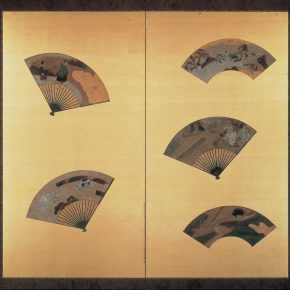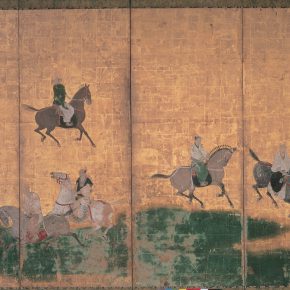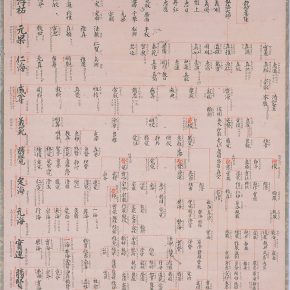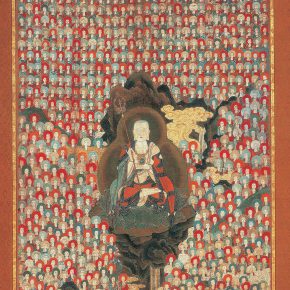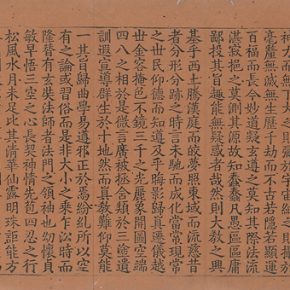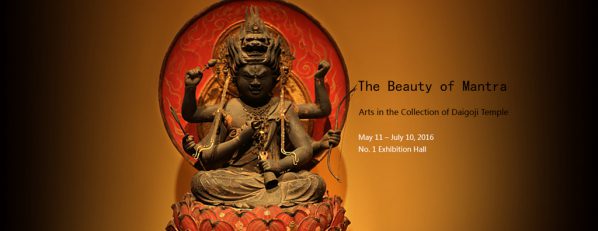
Daigoji temple, located in Mt. Daigo, southeastern Kyoto, was founded in 874 by monk Shobo, posthumously known as the Great Mater Rigen. As the head temple of Daigo branch, Shingon esoteric Buddhism, Daigoji temple is not only an important landmark in Japanese Buddhism history, but also the witness of the eastward transmission of Buddhism and the cultural exchange between ancient China and Japan.
Buddhism was introduced into China from India during the Han dynasty (about 202 BC – 220 AD), and gradually localized in the next three hundred years. In the 7th century, Buddhist monks Subhakarasimha, Vajrabodhi, and Amoghavajra brought the two sutras of esoteric Buddhism-Mahavairocana and Vajrasekhara to China marking the arrival of orthodox esoteric Buddhism. Master Huiguo of the Qinglong Temple, Chang’an (nowadays Xi’an) studied the two sutras under Amoghavajra and a disciple of Subhakarasimha, and merged the two traditions. When Japanese monk Kukai came to China as one of the ambassadors, he studied under Huiguo, who passed him his lifelong learning. After Kukai went back to Japan, he established Shingon school of esoteric Buddhism. The founder of Daigoji temple, Shobo, was one of the disciples of Kukai.
What Kukai brought along to Japan was not only esoteric Buddhist teachings, but also Buddhist art. As one of the art centers of Shingon School, Daigoji temple holds a large amount of sculptures, paintings, and ritual implements, most of which are from Heian, Kamakura, and Edo periods. Artifacts of the earlier periods were deeply influenced by the Tang and Song dynasty styles. Many of their forms were brought to Japan by master Kukai himself.
All the artifacts in the exhibition are from the collection of Daigoji temple. Besides showing the beauty of Japanese Buddhist artifacts, the exhibition introduces the history of Daigoji, the role it played in Japanese history, and its significant position in the forming of Japanese Buddhist tradition.
About the exhibition
Date: 2016-05-11 ~ 2016-07-10
Venue: No. 1 Exhibition Hall
Courtesy of Daigoji temple and Shanghai Museum, for further information please visit www.shanghaimuseum.net.?




